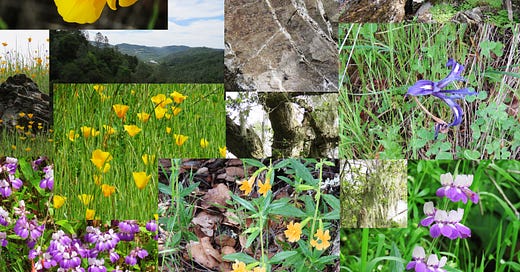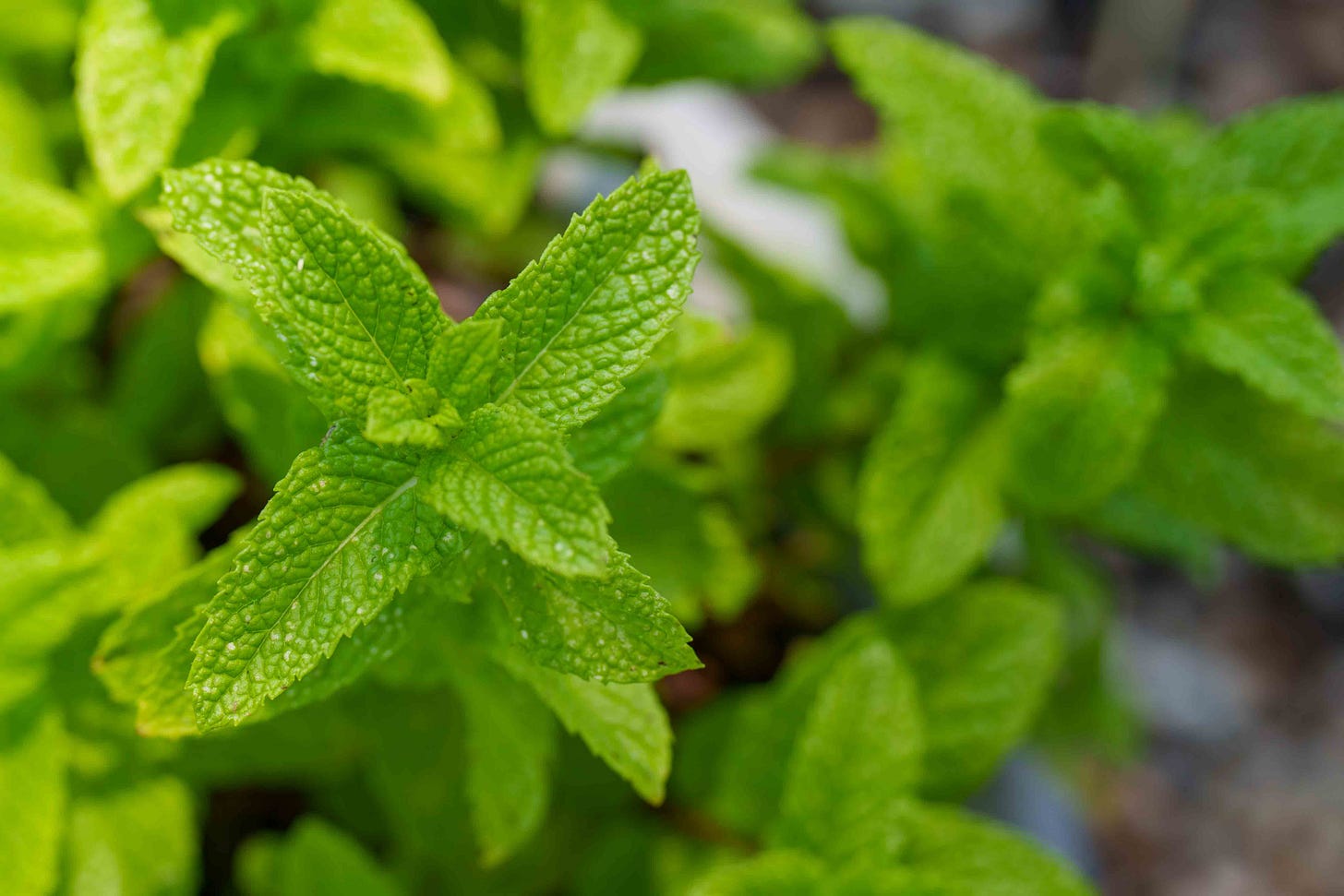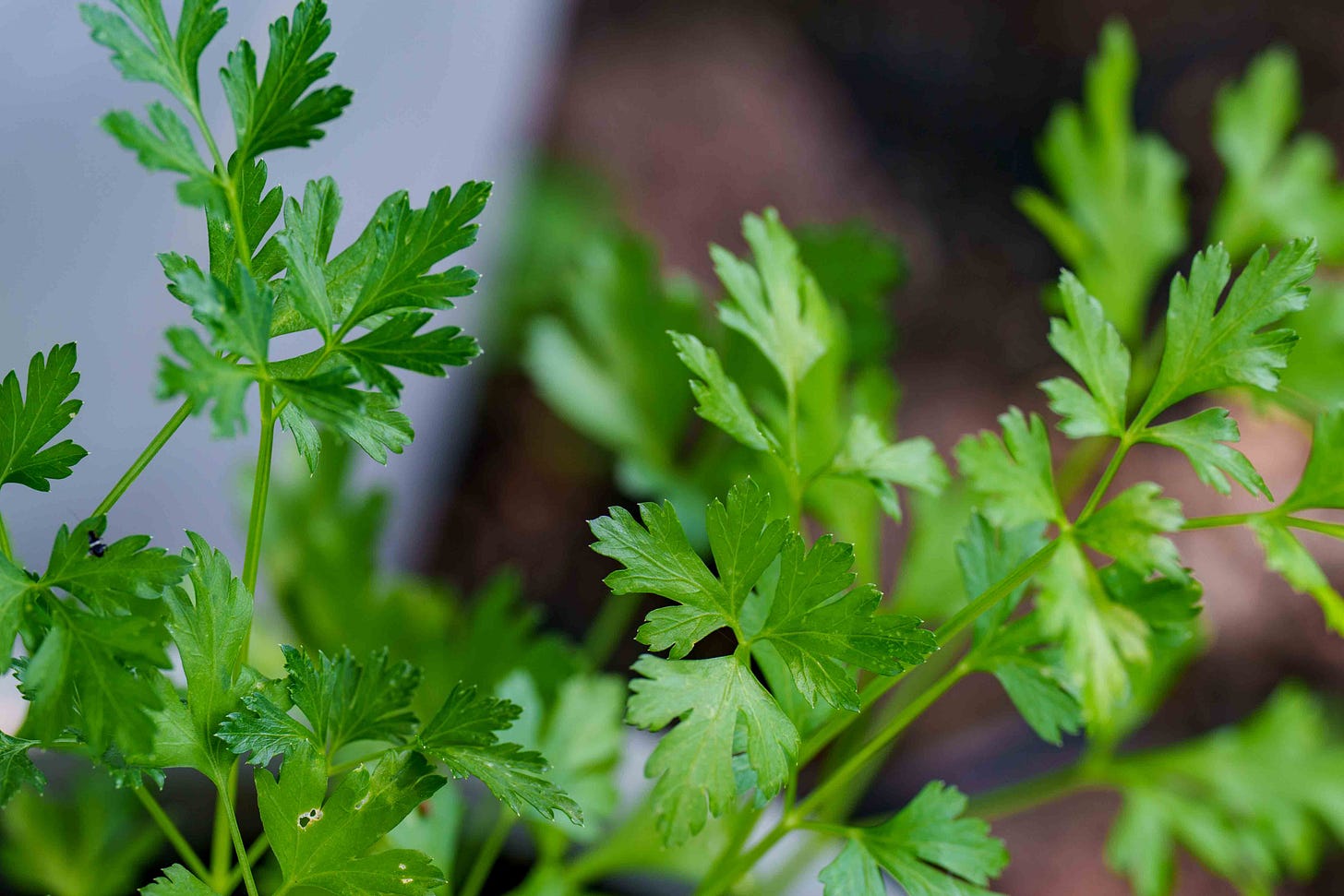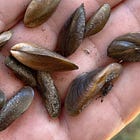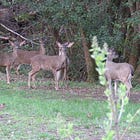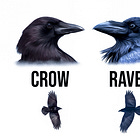Green Wednesday: Moore Creek and Growing Herbs in Napa Valley
By Cindy Watter, U.C. Master Gardeners of Napa County / Kathleen Scavone, Environmental Contributor
Your Support Keeps Us Going
Local. Independent. Funded by you.
If you’re already a paid subscriber — thank you. If not, now’s the time. Help keep independent journalism alive in Napa Valley.
Green Wednesday: Gardening and Ecological Insights
Every Wednesday Napa Valley Features brings you Green Wednesday, featuring articles from environmental voices and the UC Master Gardeners of Napa County. These contributors share research-based horticultural advice and insights on sustainability and climate topics relevant to our region.
Summary of Today’s Stories
"New to Gardening? Start With Herbs" by Cindy Watter, U.C. Master Gardeners of Napa County: A welcoming guide to growing herbs in Napa's Mediterranean climate, highlighting easy-to-grow options, propagation tips and family-friendly garden ideas.
“If you are new to gardening, an herb garden is an excellent entry-level activity.” — Cindy Watter
"More of Moore Creek Park" by Kathleen Scavone, Environmental Contributor: A poetic journey through Moore Creek Park's trails, flora and wildlife, celebrating its recent expansion and the ongoing efforts to preserve and connect Napa Valley’s natural landscapes.
“Parks are pure joy!” — Kathleen Scavone
More of Moore Creek Park
By Kathleen Scavone
NAPA VALLEY, Calif. — Parks are pure joy! With another winter of abundant rains under our belt, I was compelled to revisit Moore Creek Park with fellow adventurers. The park immediately drew us in with its lush seasonal beauty. As Moore Creek's silver tones of water music tempted us to a closer look, we began to note the poppies and lupine that invited bees, butterflies and other insects in the roiling life contained within the park. A cup of coffee and an oatmeal-raisin cookie fortified us for the 4.3-mile Valentine Vista Trail ahead.

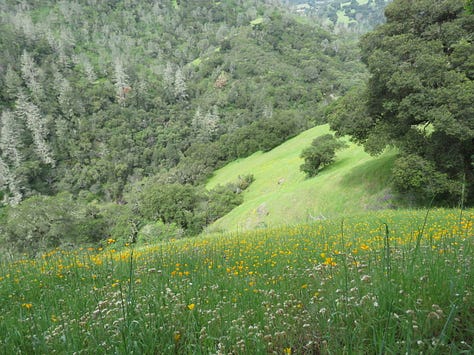

Aptly named, Valentine Vista has spectacular views with which to fall in love. A single track weaves up the hill to a bonanza of our state flowers, California poppies. Although poppies were most prolific, plenty of other beauties vied for the title of superstar of the day. Cheerful yellow mule ears, blue dicks, penstemons, sticky monkey-flowers, irises, Chinese lantern, fairy lanterns and many more angiosperms decorated the delicate switchbacks.
Much of the trail was under or near oak canopies draped with masses of lichen. Douglas fir, gray pine, toyon, manzanita and madrone trees vied for attention alongside chaparral and rolling grasslands. Many pipevine swallowtail butterflies displayed their beauty in the woodlands and grasslands. Pipevines' black bodies with delicate white dots and iridescent greenish-blue hind wings characterize their impressive 2.5- to 5-inch wingspans.
Remarkable boulders that decorate the trailside speak silently of the land's vast past. Lichen-encrusted serpentine and other geologic wonders invite further study.



Critters along the trail included Western fence lizards that are always a treat to observe as the males perform pushups and display their iridescent blue throat patches or bask along the sunny path. Western fence lizards breed in springtime, then the female lays her eggs beneath a flat surface in a nest she excavates at night. Females lay up to 17 eggs during three clutches. Evidence of larger forest inhabitants left along the trail was probably fox and coyote scat. Foxes and coyotes mostly hunt at night, when they use their impressive night vision to pursue mice and rabbits.
Many migrant birds such as nuthatch, osprey and American kestrel overwinter here. The list of common and breeding birds found here is impressive with herons, killdeer, mourning dove, Anna's hummingbird, bushtits, California and spotted towhees and more.
Stopping to take in the vistas produced never-ending rises of rolling hills with sparkling Lake Hennessey off in the distance, its trails beckoning us to explore its trails on another day. Since it provides city drinking water, there is no swimming or water contact allowed in its highly monitored depths.


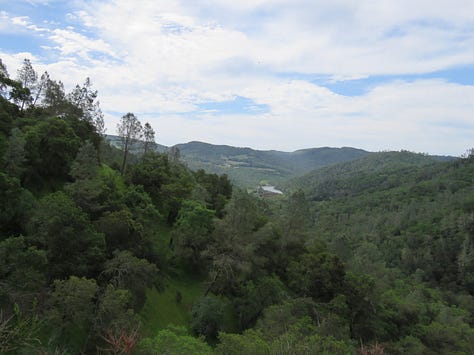
Thanks to their partnership with the Land Trust of Napa County, the Moore Creek Park now totals more than 2,100 acres, and together they've nearly realized the dream of connecting the eastern ridgeline of the Napa Valley to the trail system at the Pacific Union College Demonstration Forest. With Moore Creek Park's 25 miles of trails connecting to the 35-mile Pacific Union College Demonstration Forest network, outdoor-lovers will thrill to the acquisition of the surrounding acreage and all that it represents in connecting and conserving habitats for present and future use.
The park is operated by Napa County Regional Park and Open Space District, and their April 16 newsletter contained the exciting news that the park has recently expanded by 520 protected acres. A map of the new trail is here. Since the Napa Open Space District runs without the benefit of a dedicated source of funding, they put in the elbow grease needed to secure $1.7 million in grant funding via the State Coastal Conservancy and the Metropolitan Transportation Commission.



Napa County Regional Park and Open Space District offers myriad ways to get involved or attend a park event, such as donating and supporting their work, becoming a community partner and attending their 3rd Saturday Hikes. Or engage with their Spring Trails Challenge, Summer Camps, Napa StoryWalk and lots more.
Visit Moore Creek Park in St. Helena at 2602 Chiles Pope Valley Road for the rays of ever-changing soft light surrounding the terrain. Rolling meadows and mountains in mint green provide the perfect background for your next wildflower pilgrimage, which is sure to be braided with breezes, angiosperm in rainbow colors and avian music.
Kathleen Scavone, M.A., retired educator, is a potter, freelance writer and author of “Anderson Marsh State Historic Park: A Walking History, Prehistory, Flora and Fauna Tour of a California State Park,” "People of the Water" and “Native Americans of Lake County.” She loves hiking, travel, photography and creating her single panel cartoon, “Rupert.”
New to Gardening? Start With Herbs
By Cindy Watter, UC Master Gardener of Napa County
NAPA VALLEY, Calif. — If you are new to gardening, an herb garden is an excellent entry-level activity. It doesn’t require much space, success is almost guaranteed and most herbs attain their full size relatively quickly, which is gratifying.
Growing fresh herbs is cost-effective. (Notice how expensive fresh herbs are in the grocery store.) It is also an excellent way to introduce children to gardening, especially if you plant sunflowers or a few pumpkins for Halloween at the same time.
But what to plant? The herb family offers an infinite variety. Napa Valley has a Mediterranean climate, and herbs do well here.
Most herbs like at least six hours of sun, although some, such as mint, can do well in dappled sunlight. Lavender and rosemary are perennial herbs, which means they live for several years. Both love full sun and can grow quite large. They don’t need much water and can be striking features in the landscape.
Tarragon, thyme and oregano are also perennials that do well in Napa Valley. However, the only perennials I have that survived the predations of a free-range Easter bunny were lavender and rosemary. He was an escaped rabbit that really liked tarragon. He ate mint, too, but nothing can kill mint, as it propagates by sending out runners. Mint is a natural survivor.
Annual herbs are generally grown from seed every year. These are the herbs with tender stems, such as basil, parsley, dill, tarragon and cilantro.
You can buy herbs in 4-inch pots at farmers markets and nurseries, or you can grow them from seeds or cuttings. I prefer to buy annual herbs in pots, but now is a good time to plant seeds directly into the ground.
Many herbs can be propagated from cuttings. Using a clean, sharp tool, cut a non-woody stem from your herb. Place it in a small jar of water and change the water every two days. You should see tiny rootlets in two weeks.
Transfer the cutting to a small pot full of clean potting medium. When the cutting has rooted, you can transplant it. That’s how I propagate eau de cologne mint, a rather unusual variety that is used in perfumery.
One note about mint: Keep it in a pot unless you don’t mind it taking over your yard. A large, wide, low clay pot is ideal.
Some herbs can be propagated through division. Lavender plants can be pulled apart and then replanted.
All herbs like a well-drained loamy soil. You can amend your garden soil with compost before planting herbs and top-dress them with compost a couple of times a year afterward. Rosemary seems to thrive on neglect, however. In my neighborhood there is a lush rosemary hedge that gets no care and looks just fine.
When you have picked out the herbs you like — let’s say parsley, rosemary, basil and tarragon —you can decide how you want to place them. I know an avid gardener who plants hers all over the yard among her flowers. She makes sure the surrounding plants have the same water and sun requirements. For example, parsley needs some shade, so she doesn’t put it next to roses. Basil is a good companion plant for tomatoes and peppers as they all need lots of sun.
However, you might want to have all your herbs in one place. Another friend of mine designed an herb garden inspired by the knot gardens she had seen while traveling in England. She planted her herbs in a formal pattern and surrounded them with a low picket fence to keep her dogs from rolling in the plants. It was a productive garden — she used the herbs in cooking — and it was also a showpiece in her front yard.
Of course, you don’t have to be that fancy. If you are introducing a child to gardening, he or she might enjoy having a private patch for digging. Let the child determine the layout of the herb garden. Have fun with this.
As your plants grow, they might have different needs. For example, the whole point of lavender is its flowers. But if you let your basil produce flowers, the leaves will become bitter. Pinch off the ends of the basil stalks to prevent flowering. Tarragon also needs to have its flowers removed and should be divided every other year.
For more information about growing herbs, consult “Healthy Garden Tips” under “Resources” on the UC Master Gardeners of Napa County website or attend the UC Master Gardener free public workshop “Growing a World of Flavorful Herbs” (details below).
Events
Library Talk: UC Master Gardeners of Napa County with Napa Public Library will host a free talk on “Irrigation for the Home Gardener” on Thursday, June 5, from 7 to 8 p.m. via Zoom. Learn how to repair, upgrade or plan new irrigation for your lawn and garden. Note that the meeting will not allow entry after 7:15 pm. Register to receive the Zoom link.
Workshop: Join UC Master Gardeners of Napa County for a workshop on “Growing a World of Flavorful Herbs” on Saturday, June 7, from 10 to 11:30 a.m. at the UC Cooperative Extension, 1710 Soscol Ave., Napa. Many culinary herbs are easy to grow, have few pests and take up little space. Workshop includes hands-on activities. Register here.
Tree Walk: UC Master Gardeners of Napa County will lead a tree walk through Napa’s Fuller Park on Sunday, June 8, from 10 to 11:30 a.m. Fuller Park contains many exotic and native trees that have been planted over the last 120 years. Tour begins at the corner of Oak and Jefferson Streets in Napa. The walk is free, but space is limited and registration is required.
Help Desk: The Master Gardener Help Desk is available to answer your garden questions on Mondays and Fridays from 10 a.m. until 1 p.m. at the University of California Cooperative Extension Office, 1710 Soscol Ave., Suite 4, Napa. Or send your questions to mastergardeners@countyofnapa.org. Include your name, address, phone number and a brief description of the problem. For best results attach a photo.
—
Cindy Watter is a UC Master Gardener of Napa County.


